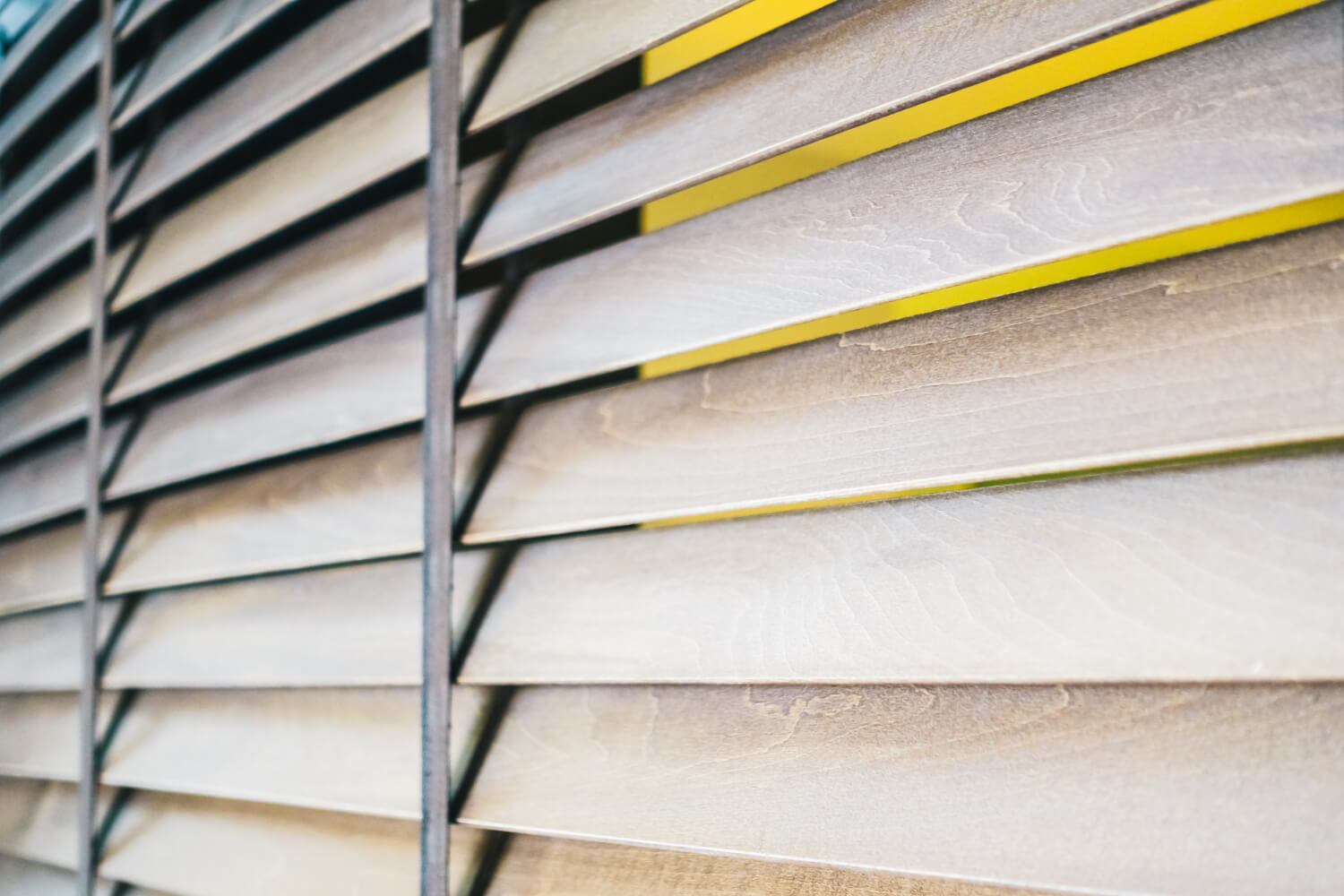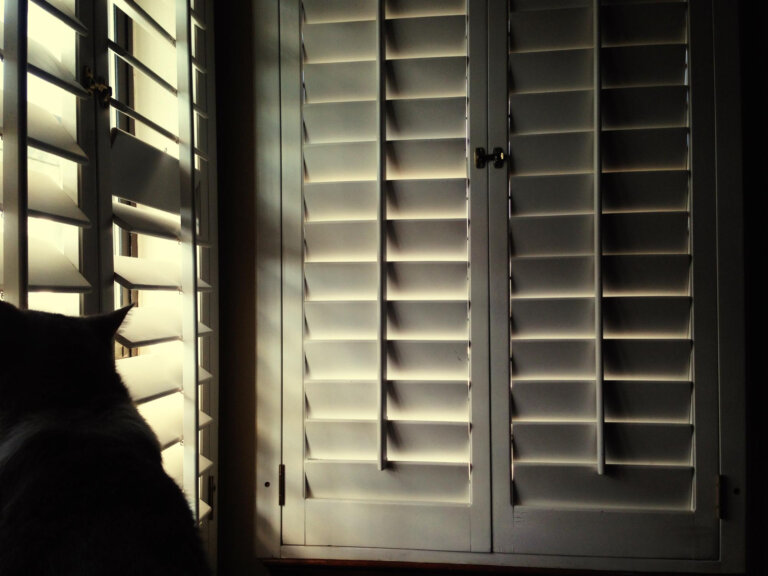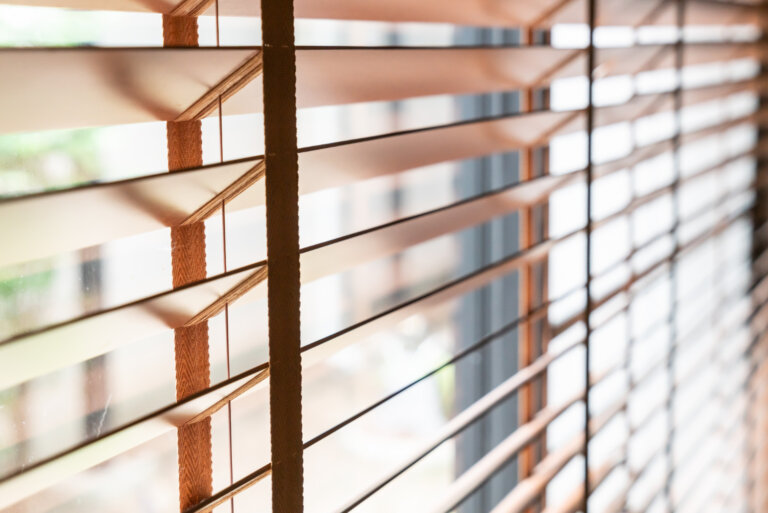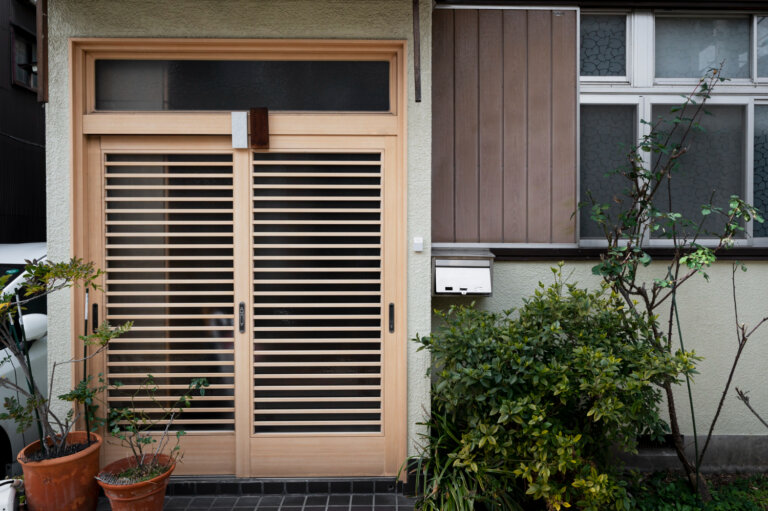Fitting plantation shutters can make a big difference to how a room looks and feels. They frame the windows, manage the light, and bring a clean, finished look to any space. But before they can be installed, you have to start with the right measurements. Getting things even slightly wrong at this stage can lead to panels that don’t sit properly, gaps that shouldn’t be there, or an uneven appearance that’s tough to ignore once you’ve seen it.
In places like Manchester, where many homes still have original sash or bay windows, accuracy is even more important. Older frames often aren’t perfectly level or square, so quick rough estimates usually won’t cut it. Taking the time to measure carefully gives a better chance of shutters that sit snugly and look great. Whether you’re dealing with a new build or a Victorian terrace, knowing how to measure properly is where it all begins.
Tools You’ll Need
It doesn’t take a long checklist to get started with measuring for plantation shutters, but having the right tools does matter. A few easy-to-find items will help you work faster and more accurately:
– Steel measuring tape (for precise, straight measurements)
– Pencil or pen
– Notepad or printed form to record numbers
– Spirit level (optional, for checking uneven frames)
– Step stool if needed to reach higher points
A steel tape is better than a soft one like tailors use. Soft tapes can bend or sag too easily and throw off your results. If you are measuring alone, it helps to use a tape that locks into place and doesn’t fold back when stretched long.
Before jumping in, clear away anything that might block access to the window frame. Pull back heavy curtains. Lift blinds out of the way. If you have plants or ornaments on the sill, move them somewhere safe. That way, you have a clear view of the edges and plenty of room to work without shifting things around while measuring. Wiping down the frame also makes it easier to spot chips, trims or bits that could throw off your numbers.
Start the process by deciding if the shutters will sit inside the window recess or be mounted outside of it. That position affects how you measure. Inside-mounted shutters need tighter, more exact internal sizes. Outside mounts need to include some overlap on the wall around the window. Once you’re clear on that, you’re ready for the next stage.
Step-By-Step Measuring Guide
Once you’ve gathered your tools and decided where the shutters will sit, start measuring. This is where accuracy matters most, so take your time and double-check as you go.
1. Measure the width
Start at the top inside edge of the window, write down that number, then repeat in the middle and at the bottom. Windows in older Manchester homes, especially period properties, can often be slightly uneven. In that case, make a note of the smallest width. It’s better to plan for the tightest point to avoid forcing the shutters to fit.
2. Measure the height
Measure from the inner top of the window to the sill or base, just like you did for the width — left side, middle, and right side. Again, use the smallest measurement. Even a few millimetres difference can impact how the shutters sit and swing.
3. Measure the depth
This step helps to make sure the louvre blades won’t bump into anything when tilted open. Measure from the front face of the window frame to the glass. If handles or fixtures stick out, measure from the furthest point forward, not the flat frame. Depending on the style, shallow frames might require an outside mount instead of an inside one.
4. Check for obstructions
Note down anything that could affect how the shutters operate. This could include window locks, handles, or even radiators positioned too close to the sill. If objects prevent shutters opening fully, it may affect the best style or mounting method.
Measure everything twice before moving on to the next. If your second measurement doesn’t match the first, measure a third time and go with the most repeated number. Keeping things written down clearly, either on paper or in a phone note, helps avoid mix-ups later during installation planning.
Common Measurement Mistakes To Avoid
Even small oversights can create problems when it’s time to fit shutters to a frame. Knowing a few common slip-ups can save hassle down the line and give a better end result.
– Guessing or rounding numbers: Always measure in millimetres and never round up or down. Random estimates are nearly always off.
– Skipping frame condition checks: Skewed or bowed frames are common in Manchester’s older homes. You might not see it at a glance, but it matters when the shutter frame goes on.
– Not allowing clearance: Forgetting to include room for hinges or louvre tilt can result in frames that don’t open properly or sit flush.
– Measuring from the wrong point: Measuring from the outer edge instead of the recess (or vice versa) is a quick way to order the wrong size or type altogether.
– Mixing up measurements: Always label your notes clearly — top width, middle height, and so on. It’s easy to swap numbers around when ordering or installing later.
A quick double check at the end can make all the difference. If something feels unusually off, it’s worth rechecking the window against your notes. Better to be sure now than deal with returns or adjustments later.
Why It’s Smarter To Leave It To The Pros
Even if you’re confident with a measuring tape, some windows just don’t make things straightforward. Bay windows, arched frames, and older Georgian designs often come with quirks that throw first-timers off. Frames may tilt forward, recesses might be uneven, or the wall itself could lean. All of these things can affect shutter fitting.
Professional fitters are trained to spot things like that right away. They don’t just measure. They assess the whole frame and surrounding area. They’ll know how much clearance is needed and which style of shutter suits the window’s shape and use. That’s the kind of input that can turn a decent job into a really polished finish.
Choosing to bring someone in means everything’s taken care of. From accurate measurements to informed adjustments that suit your space. No second-guessing, no measuring mix-ups, and no gaps or uneven shutter panels in the end. It also saves the time and effort it takes to learn by trial and error.
Even small details like frame depth or tilt rod placement often make or break how the final shutters work. When the room’s comfort and look are on the line, handing that responsibility to someone experienced is usually the safest call.
When Precision Makes All the Difference
Getting the right measurements doesn’t have to be difficult, but it does need attention. It’s all about getting those tiny details right — widths, heights, depth, and even surface level. If even one of those measurements is off, the final result won’t sit or look the way it should. That’s especially true around Manchester, where different house styles bring different window shapes, sizes, and quirks.
Taking your time to gather the numbers properly means your shutters won’t just fit. They’ll look like they were made for the space. Because, honestly, they were. Whether it’s a sunny living room bay window or a small box bedroom, accurate measuring gets everything off to the right start.
There’s also something satisfying about things lining up perfectly when they go in. No gaps, no rubbing, no awkward finishes. Just a clean, tidy look that’s easier to enjoy every time you open or close those louvres. Tools and prep help, sure. But it’s the approach that makes all the difference. Careful, patient, and precise. When it’s done with a bit of care, you’ll usually only have to do it once.
When you’re ready to enhance your home’s style with plantation shutters in Manchester, Crafted Shutters can guide you from precise measuring to a flawless installation. Our team ensures your shutters fit perfectly, adding a touch of elegance and practicality to your space. Discover how our tailored solutions can transform your windows into beautiful focal points.






